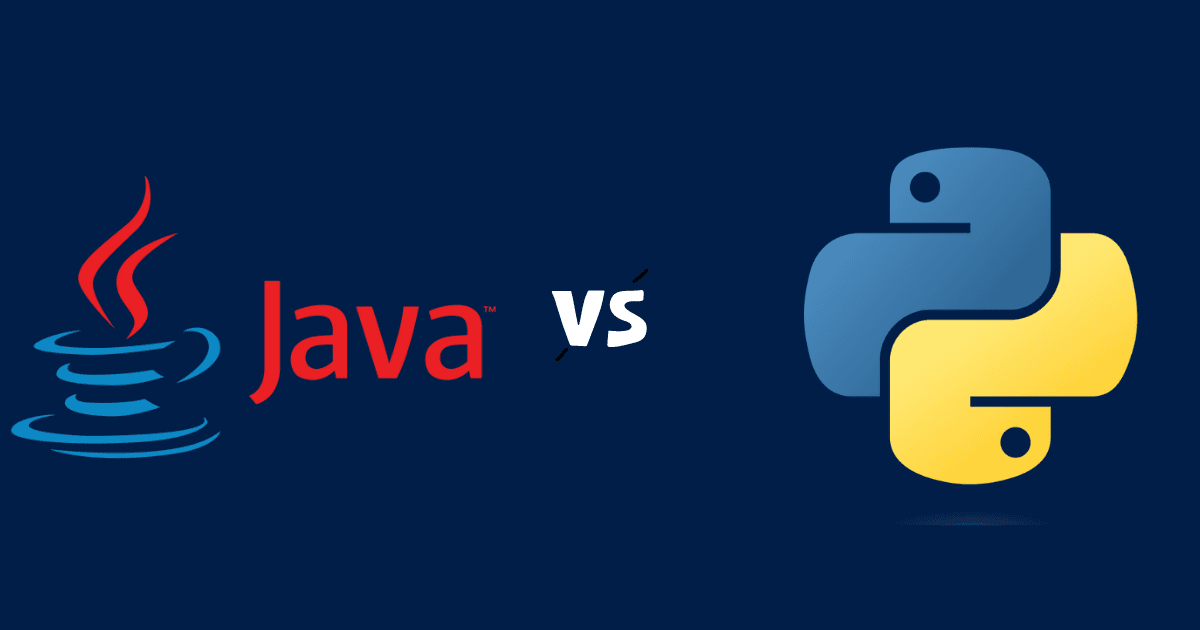In today’s hyper-connected digital landscape, the line between online convenience and personal data exploitation grows thinner each day. From social media interactions to financial transactions, users continuously leave trails of digital footprints that are often stored, sold, or breached without explicit consent. The modern world faces an undeniable challenge: how do individuals regain control over their data in a realm where surveillance capitalism thrives? This is where Blockchain-based Digital Identity, exceptionally Decentralized Identity (DID) and Self-Sovereign Identity (SSI) systems, come into focus. Leveraging the immutability and transparency of blockchain, these identity frameworks are poised to redefine digital ownership and privacy in the age of data overexposure.
What is Decentralized Identity (DID)?
Decentralized Identity (DID) is a user-centric framework that allows individuals to create, manage, and use their digital identities without relying on a centralized authority or service provider. Unlike conventional identity systems, which often require third-party verification and storage (e.g., government agencies, banks, or social networks), DIDs operate on the principle of distributed trust.
In this model, identity is no longer tethered to a central repository but exists in a decentralized manner where users own and control their data. Each identity is represented by a DID document containing cryptographic keys, authentication methods, and service endpoints. These documents are stored on distributed ledgers or blockchain networks to ensure permanence and resistance to tampering.
How DID Works
At the core of DID systems is a public/private key pair. Users who create a decentralized identity generate a DID associated with a DID document. This document includes public keys that can be used to verify digital signatures and enable secure communication.
Here’s how the mechanism typically works:
DID Creation: The user generates a new DID on a blockchain. This identity is pseudonymous and not inherently tied to real-world attributes unless the user decides to associate it.
Credential Issuance: A trusted party, such as a university or government, issues a Verifiable Credential to the user’s DID. The user cryptographically signs and stores this credential.
Credential Presentation: When accessing services, the user can present their credentials selectively, revealing only the necessary information, such as age verification instead of a full ID document.
Verification: The service provider (verifier) checks the authenticity and validity of the credential against the issuer’s DID on the blockchain.
Through this method, DIDs ensure data minimization, user control, and cryptographic security, reducing the risk of identity theft and unauthorized surveillance.
DID vs Traditional Systems
Traditional identity systems are hierarchical and permission-based. Whether applying for a job, opening a bank account, or registering for a service, users often depend on third-party authorities to verify their identities. These systems are riddled with inefficiencies and a lack of interoperability and are frequent targets for breaches.
In contrast, DID systems are decentralized, interoperable, and privacy-preserving. They eliminate the need for central authorities and empower users to manage their digital personas. Unlike static IDs stored on centralized servers, DIDs are dynamic and portable, enabling seamless identity management across multiple platforms without repetitive verification procedures.
The Role of Blockchain
Blockchain serves as the foundational infrastructure for decentralized identity systems. Its key attributes—immutability, decentralization, and cryptographic integrity—make it an ideal platform for secure identity management.
By anchoring DID documents to the blockchain, the identity system gains a tamper-proof ledger where trust is established through consensus mechanisms rather than intermediaries. Additionally, smart contracts automate credential issuance and verification processes, enhancing efficiency and reducing human error.
Blockchain ensures that once a DID is created, it cannot be altered or deleted without consensus, providing a persistent and verifiable identity record. Furthermore, since no central server stores personal data, the risk of large-scale data breaches is significantly reduced.
Self-Sovereign Identity (SSI)
Self-Sovereign Identity (SSI) is an evolution of the DID framework that gives individuals complete control of their digital identities. It embodies the principles of autonomy, user consent, and selective disclosure.
In an SSI ecosystem, individuals decide what information to share, with whom, and for how long. They also store their credentials locally or in secure identity wallets rather than relying on third-party servers.
For example, a user can carry a verifiable diploma issued by a university on their mobile device and present only proof of graduation to an employer without revealing unrelated personal details like address or birthdate.
Full Control for Users
One of the most transformative aspects of SSI is the full data control it offers users. In a conventional setting, platforms collect, store, and even monetize personal information without explicit consent. With SSI, users become the exclusive custodians of their digital credentials.
They manage identity wallets secured by private keys, and any exchange of credentials requires their active participation and consent. This design significantly enhances user agency, reduces dependency on centralized authorities, and aligns with modern data privacy standards such as GDPR and CCPA.
How SSI Changes Access
SSI fundamentally redefines access control by introducing selective disclosure and zero-knowledge proofs. Instead of handing over a complete document (e.g., ID or passport), users can prove specific claims (e.g., “I am over 18”) without exposing any additional information.
This granular access minimizes data exposure and reduces the attack surface for hackers. Furthermore, services can verify without storing, creating a privacy-friendly access paradigm where no personal data needs to persist after verification.
Verifiable Credentials
Verifiable Credentials (VCs) are digitally signed documents from a trusted authority to a DID. They encapsulate attestations about the holder, such as education, health records, or professional licenses, signed with the issuer’s private key and stored by the user.
When presented, these credentials can be cryptographically verified by comparing the issuer’s DID against the public key stored on the blockchain. VCs are tamper-evident, portable, and revocable, making them far superior to physical documents in terms of security and usability.
How It Works Technically
From a technical standpoint, DID and SSI systems comprise the following components:
- DID Document: Contains public keys and service endpoints, stored on a blockchain.
- Verifiable Credential (VC): Issued by a third party, cryptographically signed, and stored with the user.
- Presentation: User selects a subset of VCs to present to a verifier, often via a mobile app.
- Verification: The verifier checks digital signatures against the issuer’s DID on-chain.
- Revocation Registry: An Optional mechanism to invalidate credentials before their expiry.
This architecture ensures trust, security, and privacy while minimizing reliance on centralized entities.
Identity Wallets
Identity wallets are secure applications—typically on mobile devices—that allow users to manage their DIDs, store verifiable credentials, and present them when needed. These wallets use biometric or PIN-based authentication, and the stored credentials are encrypted using the user’s private key.
Wallets are designed to interact with multiple DID networks and issuers, making them interoperable and scalable. As a result, users can manage everything from driver’s licenses to diplomas within a single interface.
Public Key Registries
Public Key Registries form the backbone of trust in DID systems. These registries are maintained on blockchain networks and store the public keys associated with DIDs. When verifiers receive a VC, they query the registry to ensure the credential’s signature matches the issuer’s public key.
Blockchain ensures these keys are publicly accessible, immutable, and always up-to-date, eliminating the need for Certificate Authorities or third-party key managers.0
Key Protocols and Tools
Several open standards and protocols have emerged to support DID and SSI systems:
- DID Core Specification (by W3C): Defines the syntax, structure, and resolution of DIDs.
- Verifiable Credentials Data Model: Also by W3C, it outlines how credentials should be structured and exchanged.
- Hyperledger Aries and Indy: Provide tools for building SSI networks and wallets.
- DIF (Decentralized Identity Foundation): Drives interoperability across different DID implementations.
These standards ensure cross-platform compatibility, enabling a unified global identity ecosystem.
Key Challenges
Despite its promise, decentralized identity faces several hurdles before mainstream adoption.
Privacy vs Transparency
While blockchain’s transparency is valuable for auditability, it can conflict with privacy requirements. Storing identity-related metadata on public ledgers must be handled carefully to avoid unintended data exposure. Solutions like off-chain storage and zero-knowledge proofs help mitigate these concerns.
Security and Wallet Risks
The security of identity wallets is paramount. If a private key is lost or stolen, it could compromise all stored credentials. Recovery mechanisms and hardware-based authentication (e.g., FIDO2 keys) ensure resilience against key compromise.
Adoption Hurdles
Achieving widespread adoption requires legal recognition, infrastructure readiness, and stakeholder collaboration. Governments, enterprises, and consumers must embrace this new paradigm collectively. Moreover, user education and intuitive UX designs are essential to ensure accessibility and trust.
Conclusion
In an age where personal data has become a commodity, Blockchain and Decentralized Identity systems offer a compelling alternative to traditional identity management. Individuals can finally reclaim ownership of their digital selves by leveraging cryptographic trust, self-sovereignty, and decentralization.
As regulatory pressures mount and awareness around data privacy increases, the shift towards SSI and DID frameworks is not just a technological evolution—it is a societal imperative. While challenges remain, the momentum is undeniable. Blockchain-based digital identity is not just redefining ownership; it is redefining freedom in the digital era.












